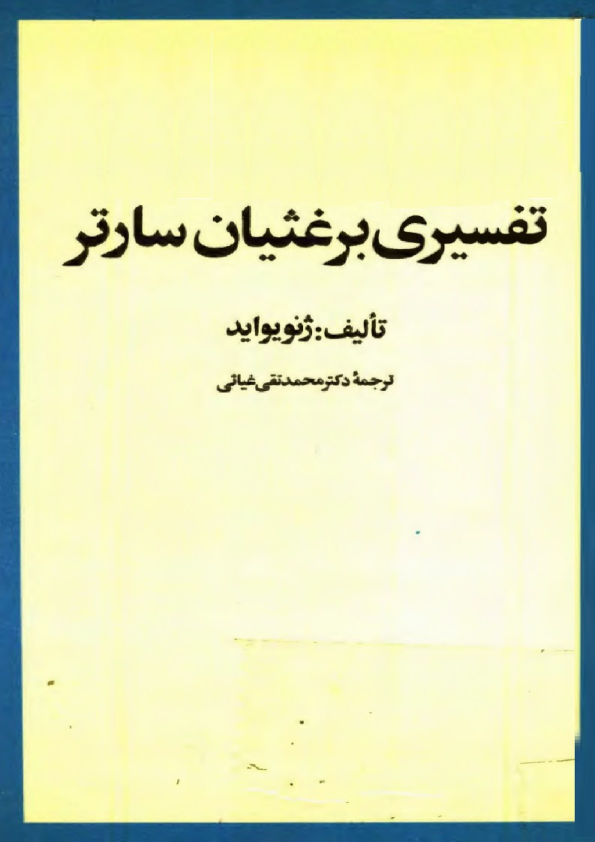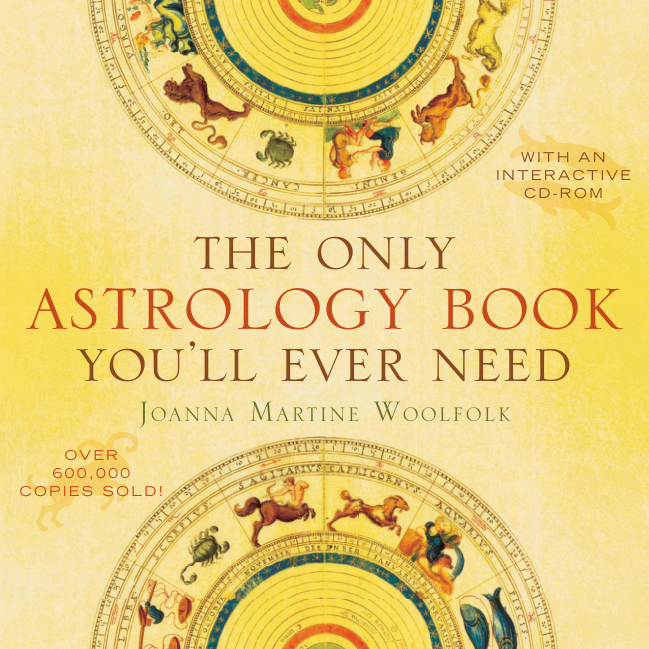Mathematical Gems I and II, published in 1973 and 1976, were the first two in the MAA’s series of Dolciani Mathematical Expositions. Mary Dolciani was a Cornell Ph.D. (1947, number theory) who taught for many years at Hunter College. She wrote secondary school textbooks that sold millions of copies. One of her several gifts to the MAA led to the book series being named after her. She died in 1985.
Ross Honsberger (b. 1929) is a Canadian who was a member of the Department of Combinatorics and Optimization at the University of Toronto from 1964 until his retirement in 1991. He has written ten books in the Dolciani series.
Both books are collections of topics, fourteen in the first volume and thirteen in the second, mostly from geometry, number theory, and combinatorics, designed with the usual dual purpose of such collections — to pull people into mathematics and to amuse those already there. The pullees could be high-school students because the material makes few demands on previous knowledge or college undergraduates.
The topics will be mostly unfamiliar to professionals and are presented with great clarity. The author shows us a function of two non-negative integer variables whose range is the primes, with each odd prime appearing precisely once. (The function is Wilson’s Theorem in disguise, but what a clever disguise!) You may know, though I did not until I read it in Gems I, that if equilateral triangles are constructed on the sides of any triangle whatsoever then their centers determine an equilateral triangle. If you choose 100 points in the plane they determine (100)(99)/2 = 4950 distances, none of which can occur more than 733 times. If you remove two squares of opposite colors from a chessboard then you can cover the remaining sixty-two squares with thirty-one dominoes. Well, you probably couldn’t without a great deal of trial and error, but after looking at the strikingly simple proof the method is obvious. If you find those examples attractive (and how could anyone with even the minimum of the instinct towards mathematics fail to?) then you should consider getting these books.
The author includes exercises with each chapter and provides solutions to many of them at the end of the book.
There are no statistics on how well the author succeeded in achieving either of his purposes, but it is hard to see how he, or anyone else, could have done better.
 کتاب سل Ketab Sell | کتاب سل، بزرگترین منبع کتاب و جزوههای دانشجویی
کتاب سل Ketab Sell | کتاب سل، بزرگترین منبع کتاب و جزوههای دانشجویی









Reviews
There are no reviews yet.